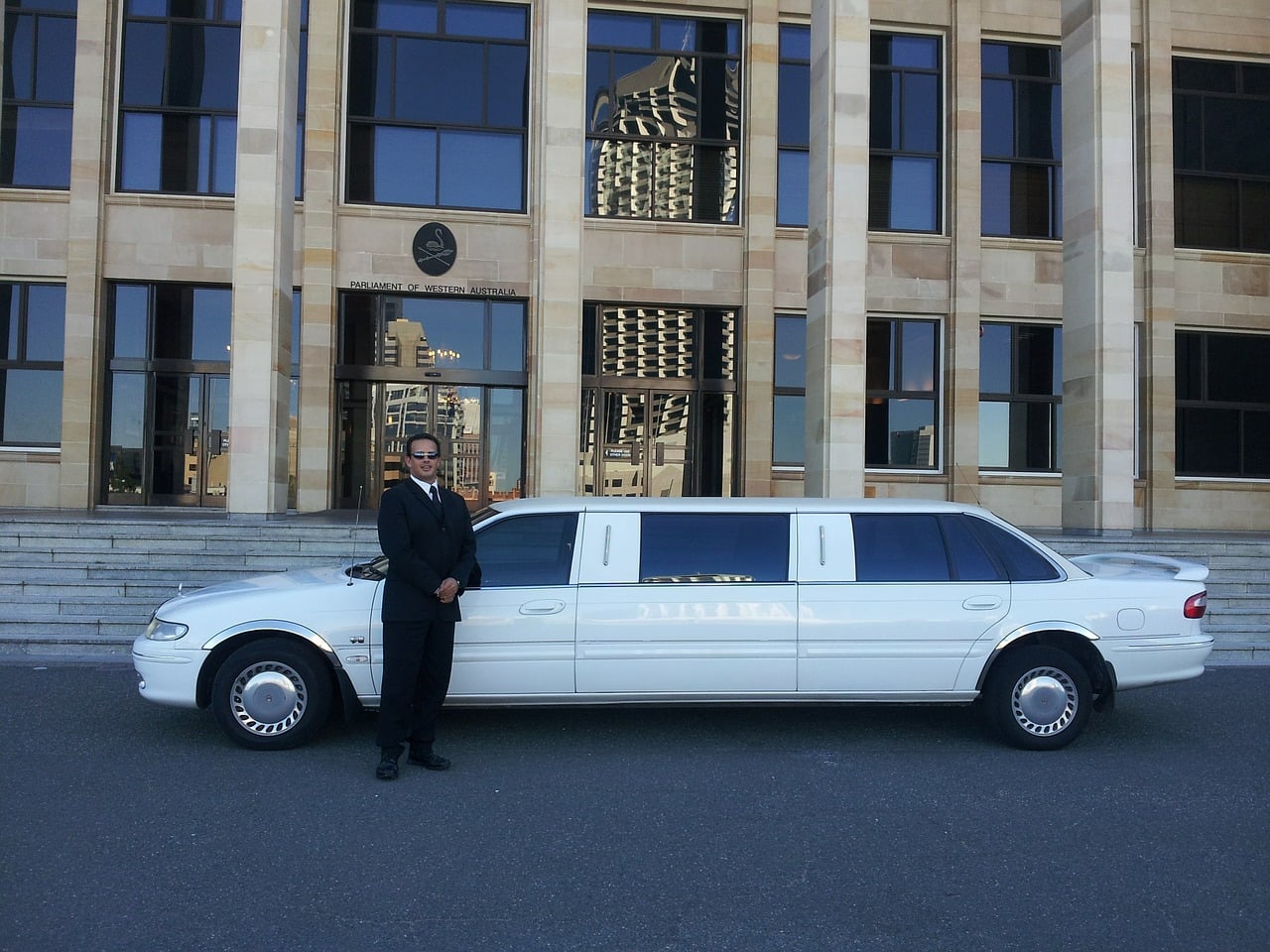Existing Top-Speed Reset; Also Use GPS to Warn or Control
WASHINGTON, DC, October 9, 2018 – It appears that the limo crash near Albany, NY, the most deadly transportation accident in this country since 2009, could easily have been prevented, and 20 lives saved, by using simple, inexpensive, and existing technology if it had been mandated for limos, which seem to be involved in a disproportionate number of serious accidents, says Professor John Banzhaf.
Banzhaf has an engineering degree from M.I.T, as well as 2 U.S. patents and several published technical papers, and has written extensively on preventing vehicle accidents.
Q3 hedge fund letters, conference, scoops etc
Although the official investigation continues, it appears that excessive speed played a role, since at least one witness said the vehicle appeared to be operating in excess of the posted speed limit, and the NTSB has already determined, from the damage to the vehicle, that there was "a high-energy impact." But excessive speed can easily be prevented, says Banzhaf.
Virtually every car on the road already has, built into its on-board computer system, a high-speed cutoff circuit which prevents the vehicle from being driven at a speed greater than that programmed into its memory. Unfortunately, the top speeds programmed into these systems usually exceed 120 mph, and are based upon the speed at which the tires will begin to disintegrate from centrifugal force.
But the top-speed setting can easily be reset by dealers, garages, and others to something far more realistic, almost as simply as computer users change the "defaults" in various fields on their programs.
If limousines were required to have their top-speed reset [i.e., the default speed changed] to something safer and more realistic, it would be impossible for an operator to drive too fast, thereby reducing not only the chances of an accident, but also its severity.
This would be true even if the driver suffered a sudden medical problem which rendered him incapable of trying to slow the vehicle - a real possibility here since it appears that the limo blew through a stop sign, and the lack of skid marks suggests that he didn't even try to apply the brakes.
An even better and more comprehensive solution would be to use the GPS-based navigation systems already built into many cars, or aftermarket devices already purchased and in use by millions of drivers, to keep speeds within posted speed limits.
Most such devices are able to determine the posted legal speed limit from the Internet using the GPS system to provide the location, and compare it with the vehicle's actual speed. If the actual speed exceeds the posted speed, sometimes by a pre-set margin, a signal can be sent to alert the driver.
In such a situation, that same signal - emitted when vehicle speed exceeds posted speed - could be used to control the speed limiter circuit already built into the vehicle computer to limit the car's top speed.
Indeed, suggests Banzhaf, since the on-board vehicle computer already has inputs showing both the actual speed as well as the posted speed, in many cases it could simply be reprogrammed - over the Internet or by a dealer - to activate the speed limiter if the actual speed exceeds the posted speed.
This would be a better and more comprehensive solution since simply reprogramming the vehicle computer's top speed from 120 mph to 60 mph would virtually eliminate high speed crashes, but it would not prevent a car from going 60 mph in a 30 mph zone - double the safe speed, but with four times the destructive kinetic energy.
Mandating such a system for limos could save many lives at very low cost, urges Banzhaf.





